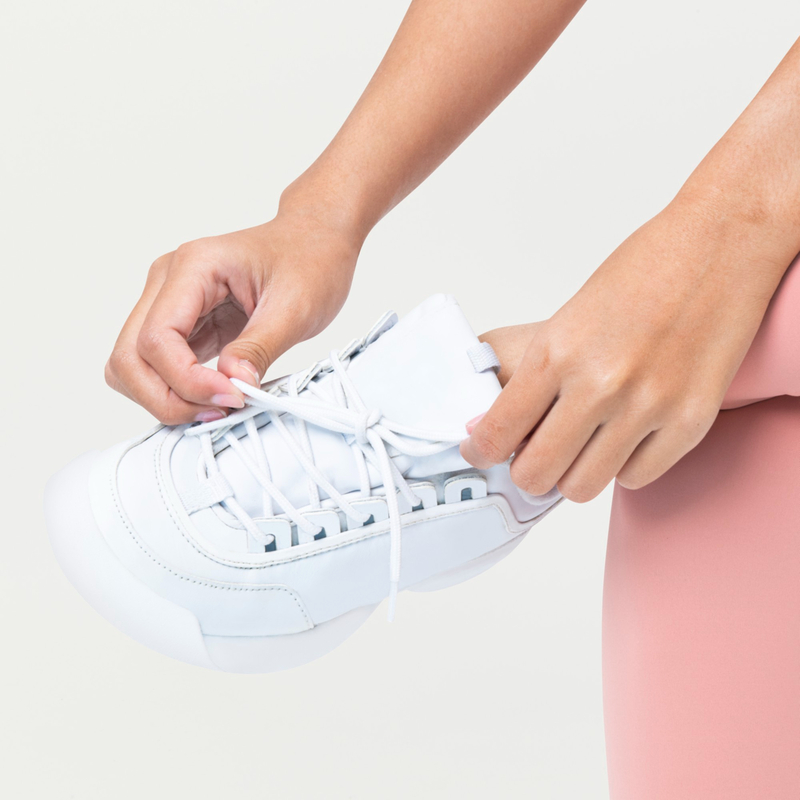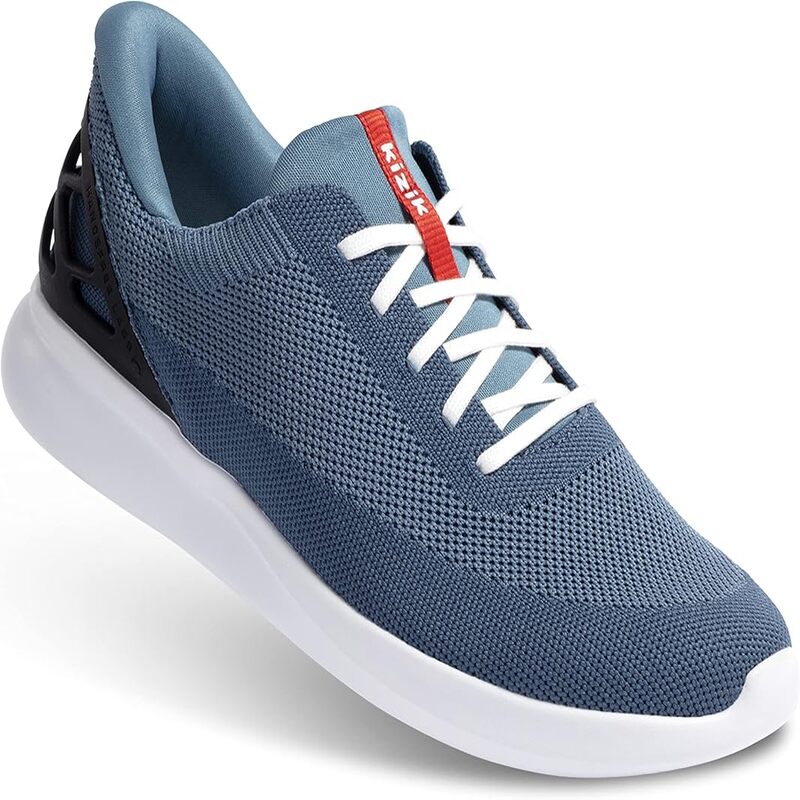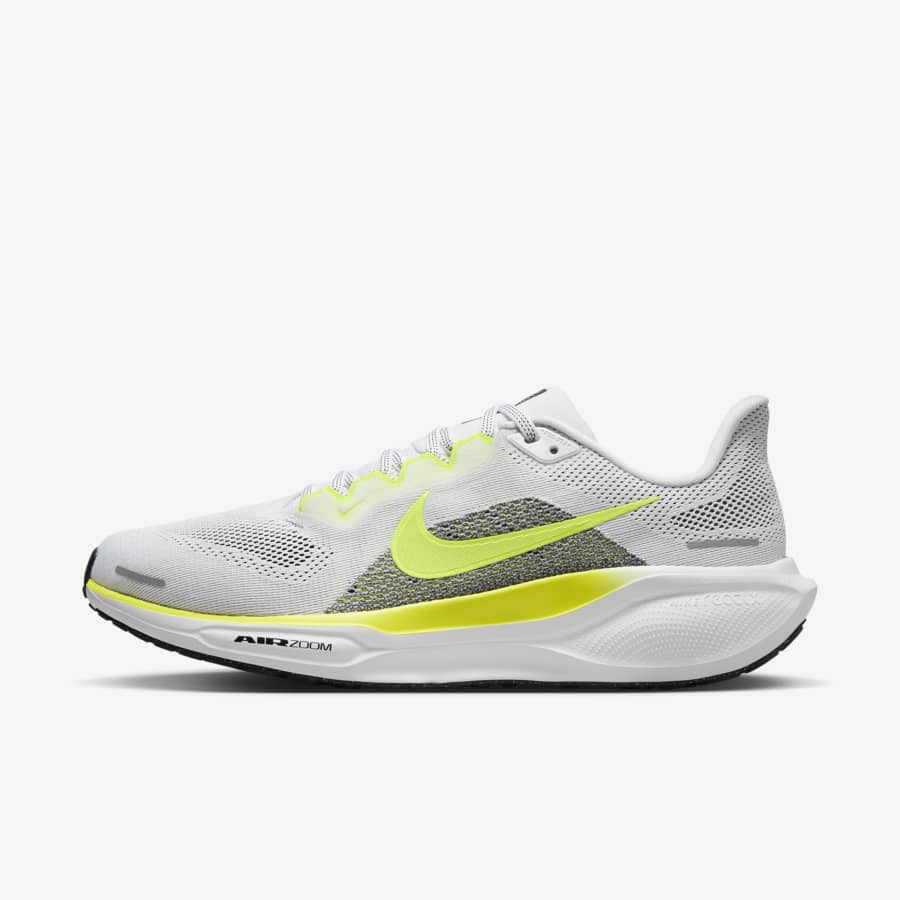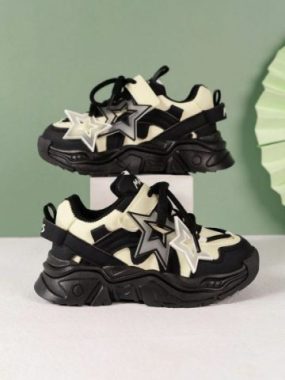When it comes to footwear, many people underestimate the significance of replacing their shoes regularly. Wearing the same pair of shoes for extended periods can lead to a myriad of health issues. It can also affect your overall comfort and performance, regardless of the activities you engage in. Shoes wear out over time, and the materials can break down, leading to less support and cushioning. Understanding when to replace your shoes is crucial for maintaining good foot health.
Factors That Determine When to Replace Shoes
Wear and Tear
One of the most evident indicators that it’s time for new shoes is visible wear and tear. This includes anything from noticeable holes to frayed laces. If you can see that the outer sole is worn down, it’s time to reconsider your footwear. Many people miss these signs, thinking shoes look fine. However, inner structures may degrade even when the exterior seems intact. It’s essential to examine your shoes regularly to ensure they remain in good condition.
Mileage and Activity Level
Another significant factor is the amount of mileage you put on your shoes. High-impact sports like running or basketball require more attention. A general rule is to replace running shoes every 300 to 500 miles. If you lead an active lifestyle, this mileage may accumulate faster. It’s vital to keep track of how often you use your shoes. Not only does this inform you about wear, but it also helps you identify any discomfort you might experience.

Signs Your Shoes Need Replacement
Discomfort and Pain
One of the most noticeable signs that your shoes need replacing is discomfort. If you typically feel pain or sore feet after wearing your shoes, it may be time to reconsider. This discomfort can result from inadequate support. Over time, cushioning and arch support break down, leading to pain during and post-activity. Ignoring this discomfort can lead to more severe issues down the line. So, don’t overlook any signs your shoes may be causing discomfort.
Unstable Support
Another sign to consider is unstable support. If you notice you’re rolling your ankles or feeling unstable while walking, your shoes may be the culprit. This instability can lead to sprains or other injuries. Shoes that have lost their structural integrity don’t provide the necessary support needed for everyday activities. Take care to listen to your body. If you feel unstable, evaluate your shoes and consider making a change for safety reasons.
The Impact of Shoe Quality on Lifespan
Brand and Materials
The quality of the shoes you purchase directly affects their lifespan. Higher-end brands often utilize durable materials. They are designed to withstand extensive use without breaking down quickly. Investing in quality footwear can save you money in the long run, as they last longer. However, it’s crucial to remember that even the best shoes have a shelf life. Quality can provide added cushioning, but it isn’t a substitute for routine replacement.
Maintenance Practices
Proper maintenance can extend the life of your shoes. Cleaning them often can prevent dirt and grime from breaking down materials. Additionally, rotating between different pairs can minimize wear on any one pair. By giving shoes a break, you allow them to retain their shape and cushioning. If you take care of your footwear, they may serve you longer than expected. Despite this, regular assessment of their condition remains necessary.
Specific Types of Shoes and Their Lifespan
Athletic Shoes
Athletic shoes often have a defined lifespan due to the high-impact activities they endure. Runners should consider replacing their shoes more frequently than casual wearers. After about 300 to 500 miles, it’s generally time for a new pair. The impact of running can cause quicker deterioration. Therefore, maintaining awareness of your mileage is crucial to ensure optimal performance.
Everyday Shoes
For everyday shoes, the timeline can vary widely. Casual or dress shoes usually last longer if maintained properly. However, they still require replacement every few years, depending on wear. Keep an eye out for visible signs of wear, and remain vigilant. If you frequently wear them for long durations, they may need attention sooner. Even everyday shoes can undergo significant wear.

How to Assess Your Shoes for Replacement
Check the Tread
One effective method for assessing shoe health is checking the tread. Inspecting the tread will give you insight into the shoe’s grip. If the lugs are worn down or nonexistent, the shoes are past their prime. Good tread ensures stability and balance, factors vital for performance. If the tread looks worn, it’s wise to consider new shoes.
Feel the Cushioning
Another way to gauge if your shoes need replacement is by feeling the cushioning. Press down on the insole and check for resistance. Over time, the cushioning will flatten and compress, leading to an uncomfortable experience. If the cushioning lacks bounce or feels hard, it’s time for new shoes. A lack of cushioning can negatively impact your joints and overall comfort during any activity.
Exploring the Consequences of Ignoring Replacement
Health Issues
Ignoring the signs that your shoes need replacement can lead to significant health issues. From foot pain to joint problems, the consequences can be severe. Poor.support can cause long-term damage that may take time to heal. If you delay in purchasing new shoes, you might find yourself facing chronic pain or injury.
Decreased Performance
In addition to health problems, older shoes can significantly decrease your performance. Whether you’re running or walking, your efficiency can suffer. Lack of support and cushioning will affect how you move. You may find yourself fatigued more quickly or unable to perform essential tasks. It extends beyond discomfort; it impacts your entire physical performance.
The Ideal Time to Invest in New Shoes
Seasonal Changes
Understanding seasonal changes can help you determine the best time for new footwear. Many people prefer to change shoes with the arrival of a new season. For instance, you might want lighter shoes for warmer months. Conversely, colder months may call for more protective footwear. Assessing your wardrobe according to seasons can help you stay organized and prepared.
End of Life Considerations
As you approach the end of a shoe’s life cycle, consider investing in a new pair proactively. Setting aside time for shoe shopping can lessen the stress associated with last-minute purchases. Planning to replace your shoes can also help you search for sales or discounts. Proper timing allows for more informed and thoughtful purchasing decisions.

Tips for Selecting Your Next Pair of Shoes
Know Your Size
Before purchasing your next pair of shoes, make sure you know your size. Sizes can vary between brands, so always try shoes on. Testing them in-store gives you a better feel for comfort and fit. Don’t hesitate to walk around for a while to see how they feel. Avoid any shoes that pinch or cause immediate discomfort.
Think About Your Activities
Consider the activities you’ll engage in while wearing your new footwear. Different activities require specific types of support and cushioning. Runners, for example, need shoes designed for impact. Meanwhile, hiking footwear offer different features suited for rough terrains. Think through your daily activities to inform your decision effectively.
Conclusion: Prioritize Foot Health for Overall Well-Being
In conclusion, frequently assessing your shoes for wear and comfort is crucial. Your feet carry you through life, so keeping them healthy is essential. Replacing worn-out footwear not only prevents injury but promotes overall well-being. Pay attention to signs of wear, mileage, and discomfort. By doing this, you can make informed decisions about shoe replacements promptly.
Remember, investing in quality shoes is an investment in your health. Prioritize foot health, and your body will thank you. Accept that shoes have a limited lifespan, and do not hesitate to replace them. Your feet deserve comfort and support, so make that a priority in your life. Happy walking!


